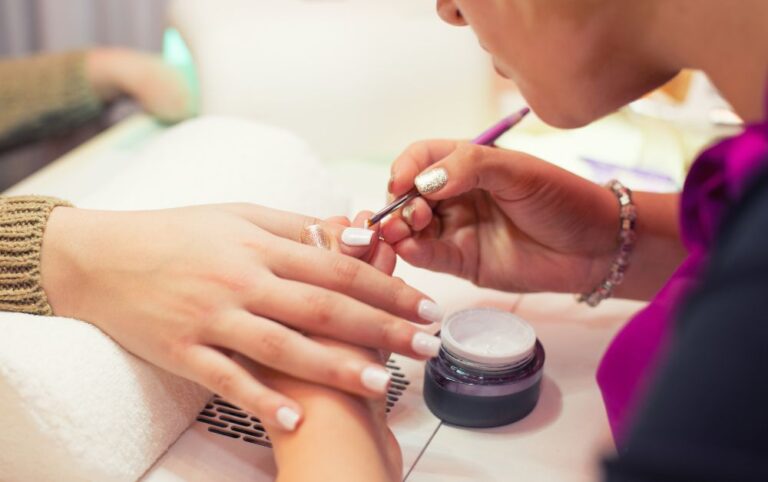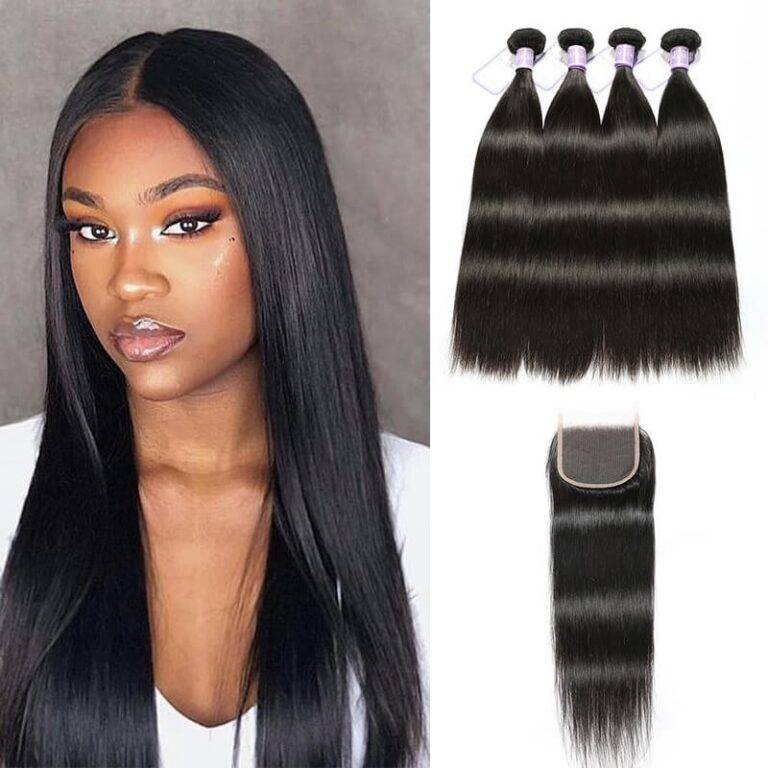How to Make Non-Slip Shoes: 10 Tips and DIY Methods
Slippery shoes can be uncomfortable and dangerous because they make you more likely to fall and hurt. You can do many things to make your shoes less slippery and give them more grip. This article will look at tips and do-it-yourself (DIY) ways to make Non-Slip Shoes.
Tips and DIY Methods to make non-slip shoes
1. Inserts for shoes that don’t slip:
Putting non-slip shoe inserts or insoles in your shoes is one of the best ways to make them grip better. These are easy to find in shops and on the Internet. Most non-slip insoles are made of rubber or plastic and can be put into the shoes you already have. They add an extra layer of ease and grip.
2. Anti-slip paints or sprays:
Anti-slip sprays and paints are made to make the bottoms of your shoes more detailed and less likely to slip. Follow these steps to use these items:
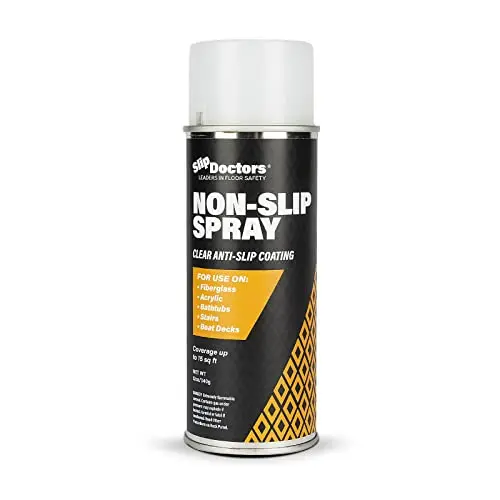
- Clean the bottoms of your shoes to eliminate any dirt or other junk.
- Use the anti-slip paint or spray according to the directions from the manufacturer.
- Let it dry before putting on the shoes.
3. Use Grips and traction strips to make Non-Slip Shoes:
Grip pads and grip strips stick to the bottom of your shoes. They come in different shapes and sizes, so you can change where you put them to get the most grip. Before putting these pads on, ensure the surface is clean and dry.
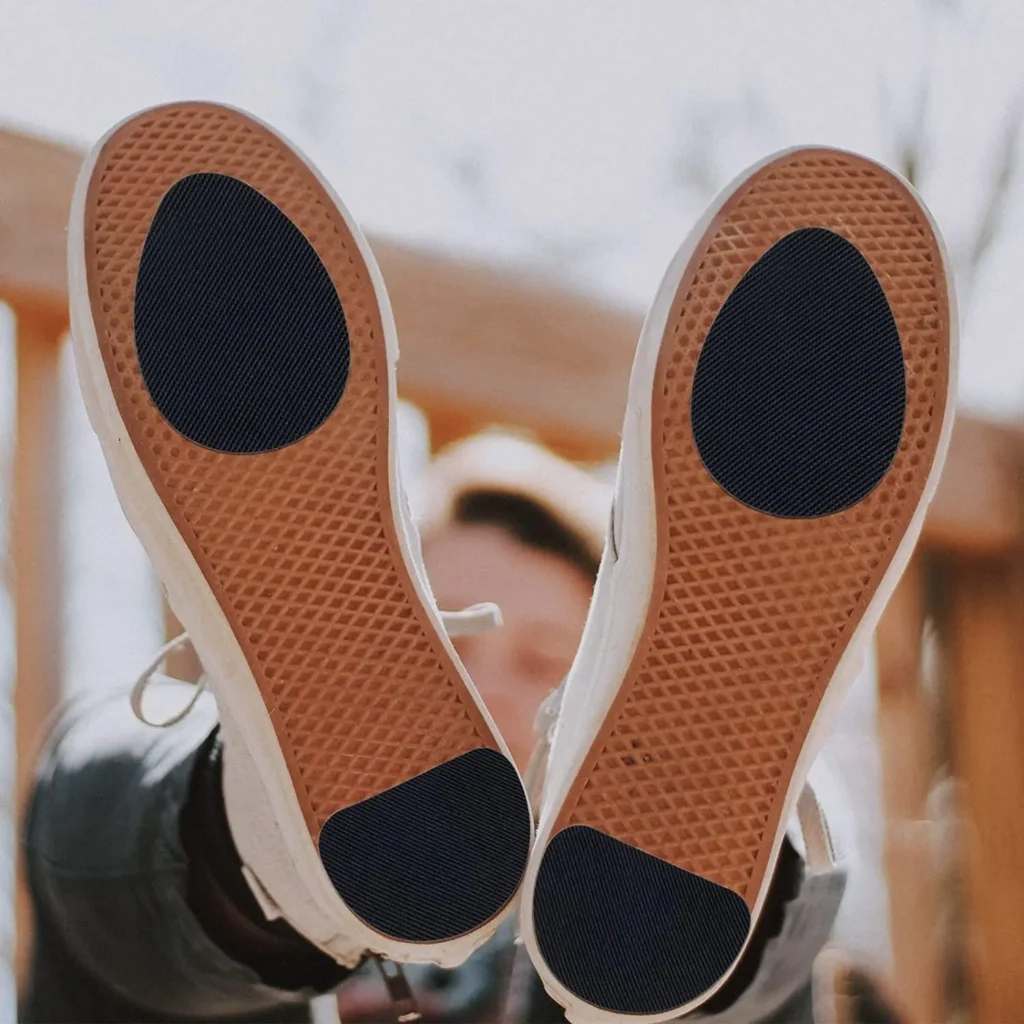
4. Fix it yourself with sandpaper:
You can rough up the soles of your shoes without spending much money if you use sandpaper. Do these things:
- Choose a sandpaper with a high grit.
- Rub the grit hard over the bottom of the shoe to make a rough surface.
- Wipe the shoes clean before putting them on.
5. A Mix of Glue and Salt to make non-slip shoes:
Glue and salt can also make a surface that won’t slip. This is how:
- Make a paste by mixing a small amount of salt with white glue.
- Evenly spread the paste on the bottoms of your shoes.
- Let it dry all the way, and you’ll have a rough surface that won’t slip.
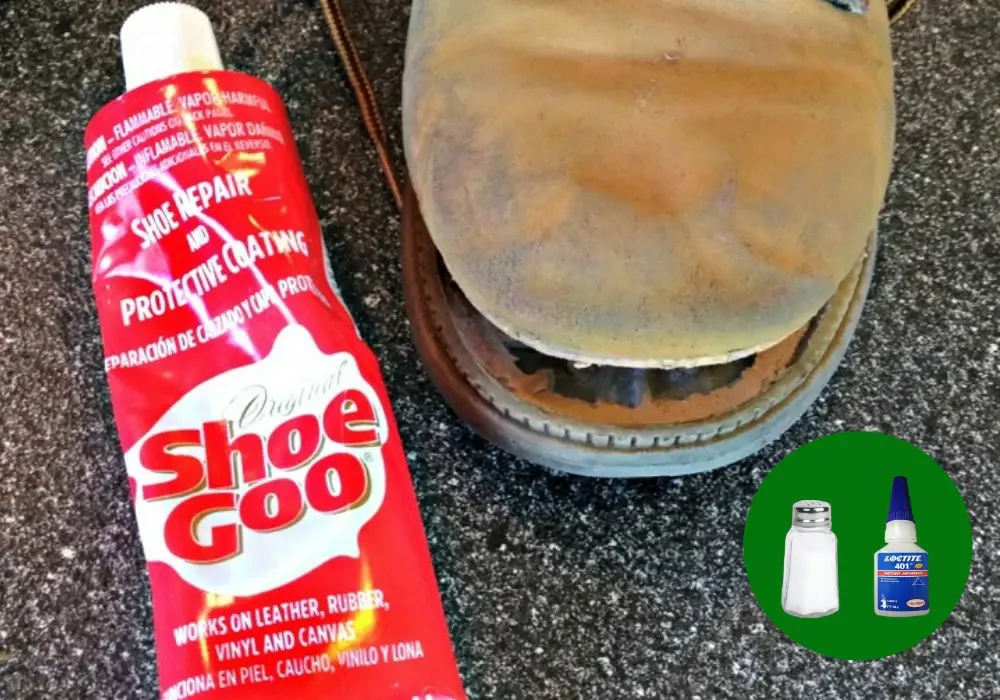
6. Use of Adhesive Bandages:
Using adhesive bandages to make Non-Slip shoes is a clever and valuable way to do it yourself. Band-Aids, adhesive bandages, have a sticky surface that can help your shoes grip the ground better.
Here’s how you can use bandages to make non-slip shoes
- Choose patches with strong glue.
- Soles should be clean.
- Bandages can be cut into pieces.
- Put clothes on the soles of the shoes.
- For better grip, overlap.
- Cut away the extra.
- If you need to, test and change.
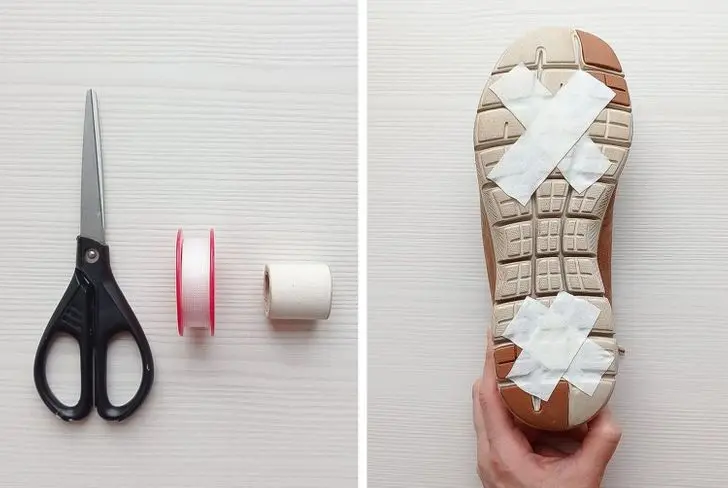
7. Use Silicone Sealant:
Using silicone sealant to make Non-Slip shoes is another effective DIY method. Silicone sealant provides a durable and waterproof grip on the shoe soles. Here’s how to do it
Prepare:
Clean your shoe soles and set up a workspace.
Apply Sealant:
Use a paintbrush or spatula to spread silicone sealant evenly on the soles.
Let Dry:
Following the manufacturer’s instructions, allow it to dry completely.
Test:
Walk on various surfaces to ensure improved traction.
Maintenance:
Reapply as needed over time.
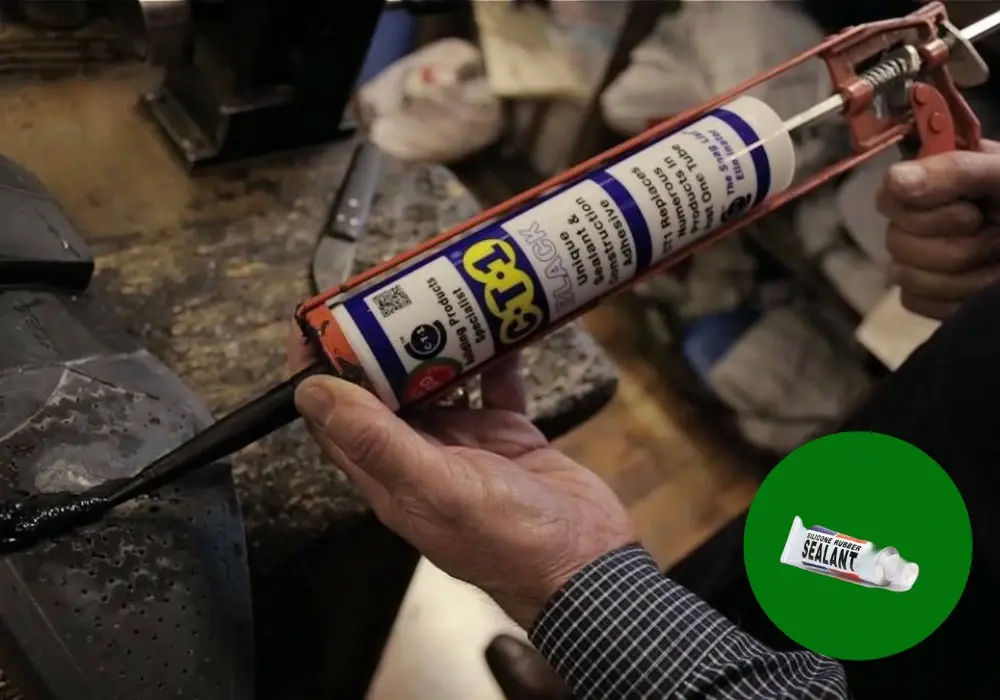
More Tips on How to Make Non-Slip Shoes
8. Choose shoes with non-slip soles:
When looking for new shoes, look for soles that don’t slip or don’t let you slip. These shoes are often labeled as such and are great for places where people might trip and fall.
9. Care and upkeep:
Make sure to clean and check your shoes often so the soles don’t get dirty, oily, or covered with anything else that could make them less stable. They must be kept in good shape to keep shoes from slipping for a long time.
10. Think about Shoe Treads:
Some shops sell treads that you can put on the bottom of your shoes. These treads are made to give you more grip and can be a simple way to keep your shoes from slipping.
Related Articles
How To Clean White Shoes That Turned Yellow: Easy Tips 2023
How to Prevent Creases in Your Shoes: Tips for Long-lasting Footwear
Conclusion
Slippery shoes can be dangerous in many scenarios, but there are many ways to make them less slippery and safer.
Whether you choose non-slip inserts, anti-slip sprays, do-it-yourself solutions, or specialized shoe treads, taking steps to improve the grip of your shoes can help avoid accidents and make walking on different surfaces more comfortable and confident. Safety should always come first, especially in places where it’s easy to slip.
Frequently Asked Questions on How to Make Non-Slip Shoes
Why do I need shoes that don’t slip?
To avoid slipping and falling, you need shoes that don’t slip, especially where the floor may be wet, dirty, or slippery. They give you a better grip and make crashes less likely.
2. Can I make my current shoes slip-proof?
You can make your shoes less slippery with non-slip insoles, anti-slip sprays, or things you can make yourself, like silicone sealant or sticky bandages.
3. How can I make my shoes less likely to slip?
Use non-slip shoe inserts or insoles. This is the best way to do it. These are easy to find, and you don’t need special tools or skills to put them in your shoes.
4. Do-it-yourself ways to make shoes that don’t slip work?
There are ways to make non-slip shoes at home, but they may only last for a short time or work as well. Choosing the right way for your shoes and the conditions you’ll be walking in is essential.
5. Can I take off the things that make my shoes non-slip?
Some changes, like sticky bandages or silicone sealant, may be easier to remove, making your shoes look different. The non-slip insoles are easy to take out if you need to.
6. How often should I change things that stay the same?
How often you need new shoes depends on how they are changed, how often you wear them, and the settings you walk in. Check them often for wear and replace them when necessary.
7. Can I buy shoes that don’t slip?
Many shoe brands make shoes that won’t slip or slip easily. These shoes are made with more grip. People often wear these shoes in places like restaurants and hospitals, where there is a risk of slipping.
8. Can I make non-slip changes to any shoe?
Most changes that make shoes less likely to slip can be made to different kinds of shoes, like sneakers, work boots, and dress shoes. But the shoe’s effectiveness may rest on what it’s made of and how it’s made.
9. Does making my shoes non-slip affect how comfortable they are?
Modifications like insoles or sticky strips are made to make shoes less likely to slip without making them significantly less comfortable. To stay comfortable, you must choose the right size and type of shoes, though.
10. What should I think about when picking out non-slip options for my shoes?
Think about the shoes you’re wearing, the surroundings you’ll be in, and how much grip you need. Also, think about whether you want a short-term or long-term fix and whether you want apparent changes.
Hello there!
I’m Daniel, a dedicated blogger passionate about uncovering unique ideas and the latest trends in the industry. I have a deep interest in sharing these details with all of you.
Through this blog, I aim to provide you with valuable insights and perspectives. Instead of focusing solely on travel and outdoor activities, I delve into diverse topics that captivate your attention. From intriguing news updates to practical money-saving tips, I explore various subjects.
Additionally, I offer detailed reviews of the gear I’ve acquired on my journeys, and I guide you through the step-by-step process of planning an unforgettable trip.
Are you ready to embark on an extraordinary journey? By immersing yourself in this blog, reading it regularly, finding inspiration, and sharing my stories with your friends, you’ll enhance your next adventure, making it truly memorable, enjoyable, and unforgettable.
I appreciate your support!




